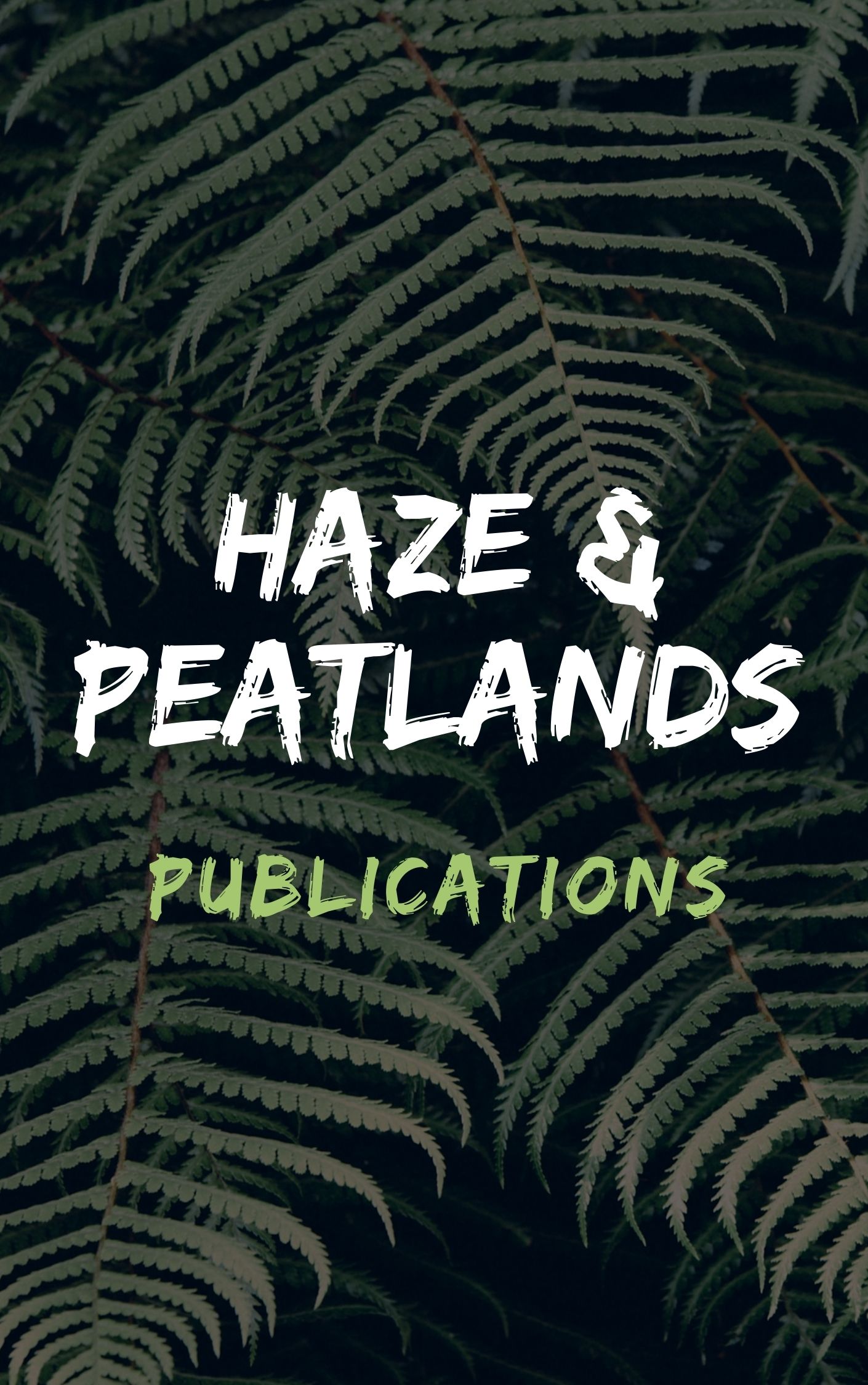Indonesian peatlands are a fragile ecosystem, and to protect it, growing Liberica coffee is a promising way for both the environment and the economy. This study aimed to evaluate the performance of the liberica coffee on peatland with different water tables and develop an improved cultivation system in this ecosystem. The study area was in Tanjung Jabung Barat District, Jambi Province, Indonesia. The plant age is greater than 15 years and the average plant density was about 1000 trees/hm2. The study was conducted in two stages. The 1st stage was a survey to identify and characterize smallholder liberica coffee farming at three peatland zones, namely 0-100 m, 200-300 m, and >400 m from the principal drainage canal, and the 2nd stage was a field experiment to test the effectiveness of amendments in improving liberica coffee growth and improving degraded peatland. The treatments were arranged in a randomized complete block design with four replications, including manure (M), at the rate of 10 t/hm(2); lime (L), 3 t/hm2; peat surface elevation (P), and a farmer's practice (Control) without manure and/or lime as a control. This research revealed that liberica coffee can not tolerate high water table as it may stimulate disease incidence and cause low-quality yield. However, recycling of organic C of about 17.14 t/(hm(2)a) through cherry residue application and litter compensated part of the loss of organic C through CO(2 )emissions, coffee bean removal, and maintaining peat fertility for sustainable farming. The low yield of (0.70 +/- 0.12) t/(hm(2)center dot a) coffee bean could be increased to (0.87 +/- 0.24) and (0.94 +/- 0.14) t/(hm(2)center dot a) by adding 3 t/(hm(2)center dot 3a) of lime or 10 t/(hm(2)center dot a) of manure, respectively. This research revealed that water table management and amendments are two main factors in liberica coffee farming on peatlands. It is of great significance to study the cultivation technology of coffee in peatland.
View source

